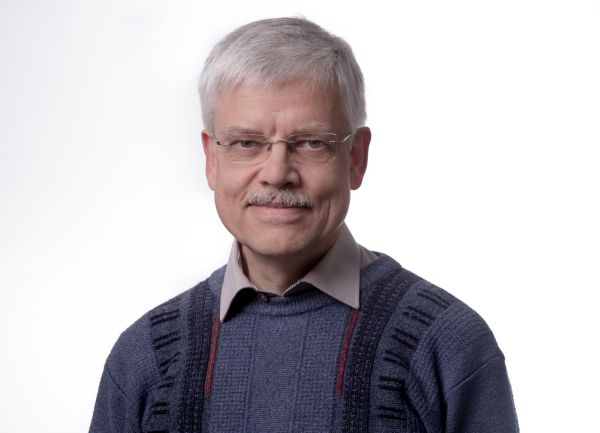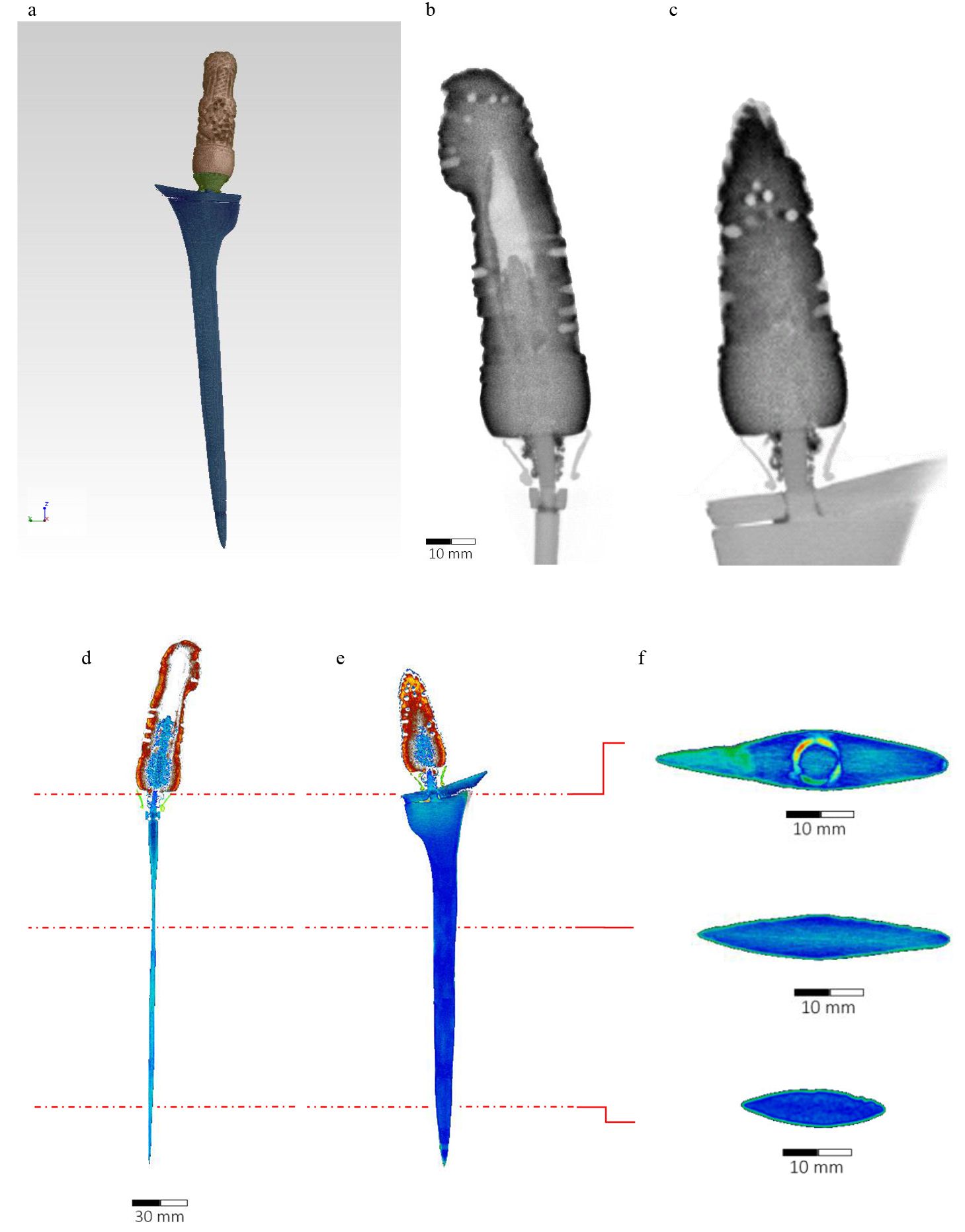News
EPJ H Highlight - How Einstein’s theory of gravitation experienced a Renaissance after World War II
- Details
- Published on 26 June 2017

Journey into the post-war transformation leading to the return of General Relativity within physics
Einstein’s 1915 theory of gravitation, also known as General Relativity, is now considered one of the pillars of modern physics. It contributes to our understanding of cosmology and of fundamental interactions between particles. But that was not always the case. Between the mid-1920s and the mid-1950s, General Relativity underwent a period of stagnation, during which the theory was mostly considered as a stepping-stone for a superior theory. In a special issue of EPJ H just published, historians of science and physicists actively working on General Relativity and closely related fields share their views on the process, during the post-World War II era, in particular, which saw the “Renaissance” of General Relativity, following progressive transformation of the theory into a bona fidae physics theory.
EPJ E Highlight - Granular media friction explained: Da Vinci would be proud
- Details
- Published on 26 June 2017

New study explains how solid friction forces affect granular materials in two or more dimensions
Leonardo Da Vinci had already noticed it. There is a very peculiar dynamics of granular matter, such as dry sand or grains of wheat. When these granular particles are left on a vibrating solid surface, they are not only subject to random vibrations, they are also under the spell of solid friction forces, like the force a dry floor would exert on a brick in contact with that floor. In a study published in EPJ E, Prasenjit Das from the Jawaharlal Nehru University, India, and colleagues extended our understanding of this problem from the well-known, one-dimensional case to multiple dimensions.
EPJ D Highlight - First aid kit in some living organisms helps fix DNA after lengthy sun exposure
- Details
- Published on 26 June 2017

New study unveils the binding mechanisms of enzymes capable of repairing DNA damaged by UV light before any risk of cellular malfunction sets in
Sunburn in living organisms is caused by ultraviolet (UV) light from the sun damaging the DNA in the cells. Many organisms, however, have an in-built mechanism for repairing the sun damage. This is possible thanks to an enzyme called DNA photolyase, which is so specialised that cryptochrome, a structurally similar molecule, is unable to do the same job. By comparing both types of molecule, physicists can understand precisely how the ability of our enzymes to repair DNA boils down to the most minute structural details. In a study published in EPJ D, Katrine Aalbæk Jepsen from the University of Southern Denmark, in Odense, and her colleague Ilia Solov'yov pinpoint the mechanism by which repair enzymes bind to the damaged site.
EPJ A Highlight - Nuclear and Quark Matter at High Temperature
- Details
- Published on 14 June 2017

In high-temperature field theory applied to nuclear physics, in particular to relativistic heavy-ion collisions, it is a longstanding question how hadrons precisely transform into a quark-gluon matter and back. The change in the effective number of degrees of freedom is rather gradual than sudden, despite the identification of a single deconfinement temperature. In order to gain an insight into this issue while considering the structure of the QGP we review the spectral function approach and its main consequences for the medium properties, including the shear viscosity. The figure plots a sample spectral density on the left and the effective number of degrees of freedom (energy density relative to the free Boltzmann gas) to the right. Two thin spectral lines result in a doubled Stefan-Boltzmann limit (SB), while any finite width reduces the result down to a single SB. When spectral lines become wide, their individual contributions to energy density and pressure drops. Continuum parts have negligible contribution. This causes the melting of hadrons like butter melts in the Sun, with no latent heat in this process.
EPJ N Highlight - TFM spatial kinetics model, towards ASTRID transient calculations
- Details
- Published on 14 June 2017

In the general framework of transient coupled calculations, new developments of an accurate neutron kinetics model able to characterize spatial decoupling are described, together with an application to sodium fast reactors.
EPJ C - New Editor-in-Chief for Theoretical Physics I
- Details
- Published on 13 June 2017

The publishers of The European Physical Journal C – Particles and Fields are pleased to announce the appointment of Professor Dieter Zeppenfeld as new Editor-in-Chief for Theoretical Physics I: Phenomenology of the Standard Model and Beyond, replacing Professor Gino Isidori. Dieter Zeppenfeld is Head of the Institute for Theoretical Physics at the Karlsruher Institut für Technologie (KIT) and leads a research group on Collider Physics at KIT.
EPJ E Highlight - Granular material conductivity increases in mysterious ways under pressure
- Details
- Published on 08 June 2017

Scientists reveal how electrical resistance in metallic granular media decreases as the pressure on the micro-contact interface between the grains increases
What happens when you put pressure on bunch of metallic microbeads? According to physicists, the conductivity of this granular material increases in unusual ways. So what drives these changes? The large variations in the contact surface between two grains or the rearranging electrical paths within the granular structure? In a recent study published in EPJ E, a French team of physicists made systematic measurements of the electrical resistance - which is inversely related to conductivity - of metallic, oxidised granular materials in a single 1D layer and in 3D under compression. Mathieu Creyssels from the Ecole Centrale of Lyons, Ecully, France, and colleagues showed that the granular medium conducts electricity in a way that is dictated by the non-homogenous contacts between the grains. These finding have implications for industrial applications based on metallic granular material.
EPJ Data Science Highlight - Are your friends happier than you?
- Details
- Published on 06 June 2017

In an era of fleeting but constant contact with extended online communities, it is common to find yourself wondering: are your friends happier/more popular than you? To put these feelings to the test, scientists have sifted through the timelines of thousands of Twitter users, to understand the ways in which social networks affect how we feel and relate to one another.
Guest post by Johan Bollen
Social media platforms have garnered billions of users, possibly because they satisfy a strong human need for feeling connected. However, do they actually contribute to our social happiness?
In EPJ Data Science we attempt to shed some light on this issue from the perspective of network science.
EPJ Plus Highlight - Imaging helps to spot fake ancient daggers
- Details
- Published on 05 June 2017

Combining neutron and X-ray imaging gives clues to how ancient weapons were manufactured
Since the 19th century, collectors have become increasingly interested in weapons from ancient Asia and the Middle East. In an attempt to fight forged copies, physicists are now adding their imaging power to better authenticate these weapons; the fakes can't resist the investigative power of X-rays combined with neutron imaging. In a study published in EPJ Plus, an Italian team, working in close collaboration with the Wallace Collection in London and the Neutron Imaging team at the Helmholtz Zentrum Berlin, has demonstrated the usefulness of such a combined imaging approach to help museum curators in their quest to ensure authenticity. Filament Salvemini, currently affiliated with the Australian Centre for Neutron Scattering ACNS at ANSTO in Lucas Heights near Sydney, and colleagues can now reliably tell first-class modern copies of early daggers and swords from authentic ones.
EPJ Data Science Highlight - Using social media for large-scale studies of gender differences
- Details
- Published on 02 June 2017

Social networks capture data about most aspects of the daily lives of millions of people around the world. The analysis of this rich and ready-available source of information can help us better understand the complex dynamics of society.
In a recent article published in EPJ Data Science the authors propose the use of location-based social networks to study the activity patterns of different gender groups, which they summarise in a guest post on the SpringerOpen blog.
Gender differences have a subjective nature and may vary greatly across cultures, making them challenging to explain. Indeed, over the past decades, this topic has received a lot of attention by researchers, but there is still a long way to reach a consensus on the subject.




